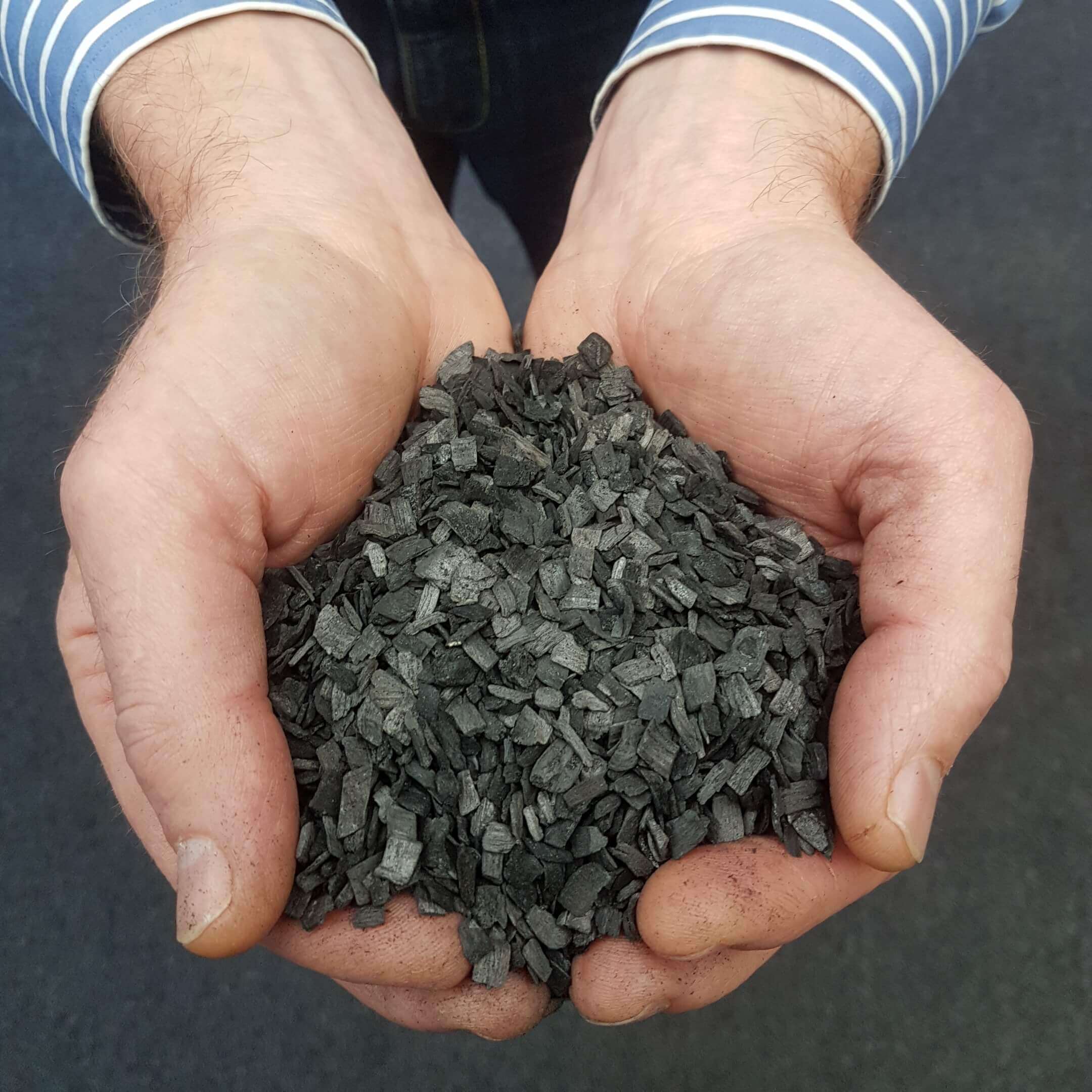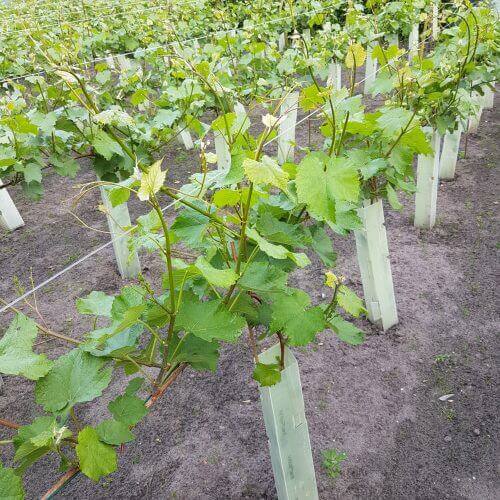BIO CHAR
PILOT RESULTS
Downloads
User manual
- Reduces leaching of nitrogen into ground water,
- Reduces emissions of nitrous oxide,
- Increases cation-exchange capacity resulting in improved soil fertility,
- Moderates soil acidity,
- Increases water retention,
- Increases number of beneficial soil bacteria
- Biochar can improve almost any soil. Areas with low rainfall or nutrient-poor soils will most likely see the largest impact from addition of biochar.
Downloads
User manual
BIO CHAR

What is it?
Biochar is a solid porous material obtained when heating biomass to high temperatures while limiting the supply of air. Straight biochar is a hydrophobic substance, with little immediate benefit to the soil.
Only years of exposure to the natural oxidation processes taking place in the soil will convert straight biochar into a biologically active matrix containing humic substances, which improves soil fertility.
GET IN TOUCH
Biochar is a solid porous material obtained when heating biomass to high temperatures while limiting the supply of air. Straight biochar is a hydrophobic substance, with little immediate benefit to the soil.
Only years of exposure to the natural oxidation processes taking place in the soil will convert straight biochar into a biologically active matrix containing humic substances, which improves soil fertility.
GET IN TOUCH
The incremental soil improvement resulting from the slow natural oxidation of biochar can be accelerated by using activated biochar. Activation of biochar simply means etching the surface with strong acids. The activated biochar is able to capture and retain high concentrations of various valuable plant nutrients which are slowly released to the soil and into the root zone. To that effect the GOOD FOR GREENS™ activated biochar is loaded with a mixture of such nutrients.
What is it good for?
According to the International Biochar Initiative (IBI), activated biochar enhances soils, holds carbon and makes soils more fertile. As a result, we can boost food security while discouraging deforestation and preserving cropland diversity. The benefits of adding GOOD FOR GREENS™ are in line with the above recomendations.

FROM TERRA PRETA TO US
Biochar production is modeled after a process begun thousands of years ago in the Amazon Basin, where islands of rich, fertile soils called terra preta ("dark earth") were created by indigenous people.
Anthropologists speculate that cooking fires and kitchen middens along with deliberate placing of charcoal in soil resulted in soils with high fertility and carbon content, often containing shards of broken pottery. These soils continue to retain carbon today and remain so nutrient rich that they have been dug up and sold as potting soil in Brazilian markets.
Biochar production is modeled after a process begun thousands of years ago in the Amazon Basin, where islands of rich, fertile soils called terra preta ("dark earth") were created by indigenous people.
Anthropologists speculate that cooking fires and kitchen middens along with deliberate placing of charcoal in soil resulted in soils with high fertility and carbon content, often containing shards of broken pottery. These soils continue to retain carbon today and remain so nutrient rich that they have been dug up and sold as potting soil in Brazilian markets.




